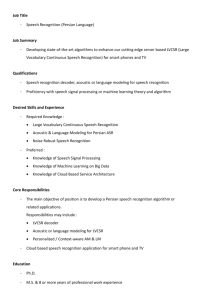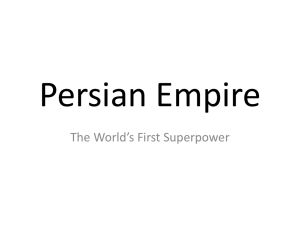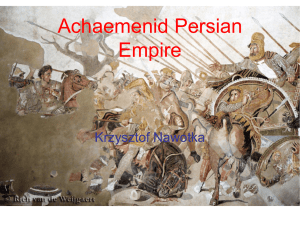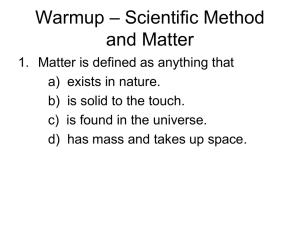How to Read the APWH book
advertisement
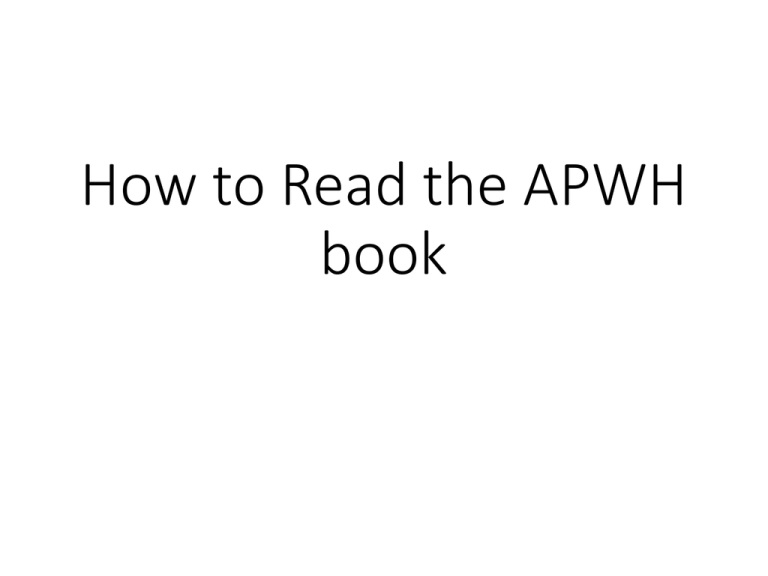
How to Read the APWH book Understand how the book is organized • Periodization pages • Bentley’s periods differ from those the College Board uses • Explain the major features of that time period • Units of about 6 chapters that cover major regions for that time period • Each chapter covers one region or two, sometimes it is a “sum it all up for the time period” chapter • • • • • -Each chapter starts with a vignette and picture to hook you or get your curious Blue headings and Read Subheadings Marginal Notes Maps, Primary Source documents, Art, Architecture Summary at the End (not great, do not copy instead make a summary using parts PERSIAN) • Concludes with Chronology (helpful when making a timeline) Hanumanasana • Can’t do Hanumanasa right away! Need to warmup…my point? • DON’T IGNORE THE PRE-READING! Approach to Reading • Pre-reading • WARMUP!!! Only 5-15 minutes • Skim pictures, headings, marginal notes, etc. turn into questions • Who, what, when, where, how; compare/contract • During Reading • FIRST READING NO NOTES! JUST get a sense for what’s important • SECOND READING: Annotate (names, dates, PERSIAN, diffusion, Common Phenomenon, syncretism, similarities/differences between regions) • OUTLINE STYLE • About 2 pages of notes (front and back); 4 pages total • Post Reading • • • • Write a summary using parts PERSIAN Create “Doing World Questions” Write thesis statements (I will teach you that later….) Take online quiz!!! Outline Style I. BLUE HEADINGS in ROMAN NUMERALS A.RED HEADINGS get a # • Everything else just gets a bullet • Do not write in full sentences • Continue to be indented (don’t go back to the red line) Summary • Indent! • Use PARTS PERSIAN and write some sentences about these parts • ONLY WRITE the most important info • About 10 sentences Doing World History Questions • Cornell Style ( ? On left and answer on right) • In page 8 of your toolkit! • • • • • Big Picture Compare/Contrast Diffusion Syncretism Common Phenomenon Big Picture • Timeline! • Five events, one must be a band • Answers a question Compare/Contrast • Must show BOTH a similarity AND Difference Diffusion • What is spreading • Can draw arrows • Really good to do with economic, disease, technology, language Syncretism • What is mixing/blending? • Can be drawn Common Phenomenon • What is happening in two different places at the same time INDEPENDENTLY of the other place • Agriculture being invented in various river valley civilizations • Iron metallurgy being discovered at around the same time in Southwest Asia and Africa STUDY! • After all your notes are done, study for the test! • Reread your lecture notes • Ask more questions of the marginal notes • Take the online quiz Next steps • Friday night: pre-reading • Saturday morning: 1st read • Sunday: Re-read and take notes • When reading Chapter 5: • X pronounced “Sh” • Xia “Shia” • Zh pronounced “Joh” • Zhou “Joh” • Q pronounced “Ch” • Qin “Chin”




